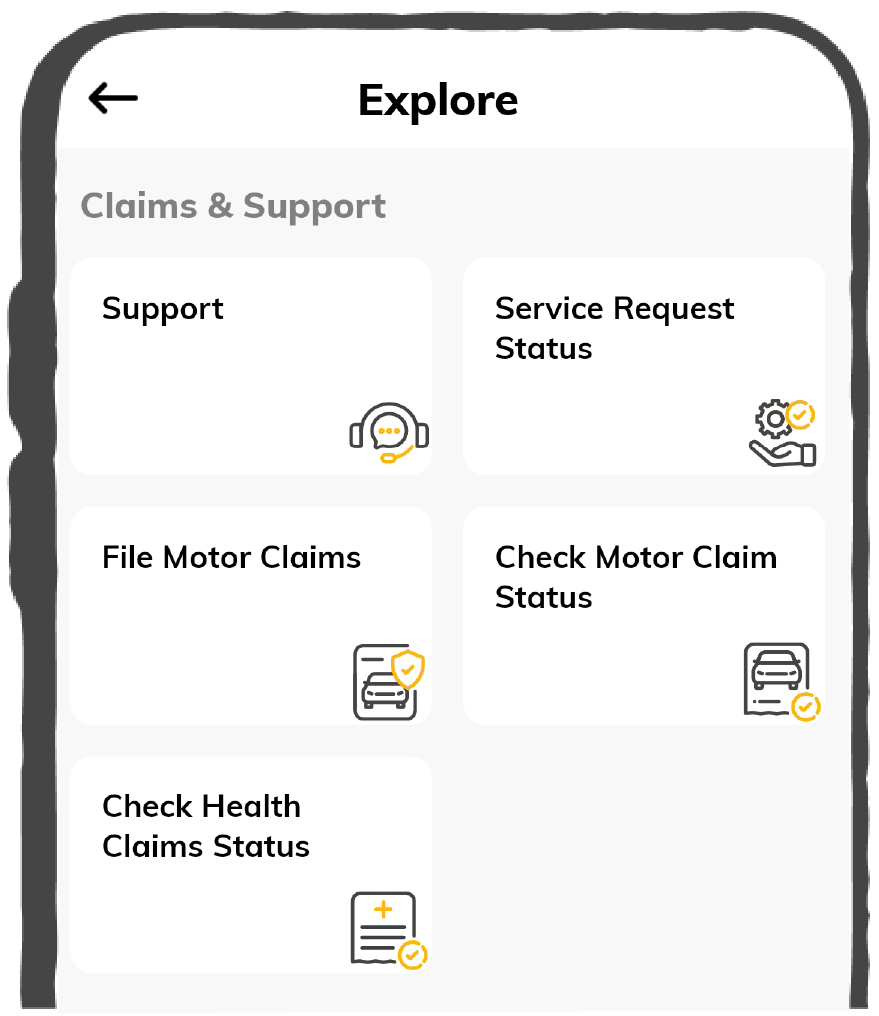
9000+ Cashless Garages
96% Claims Settled (FY 23-24)
What is Section 184 of the Motor Vehicle Act: Offences, Penalties & Impact

The Motor Vehicle Act of 1988, with Section 184 specifically targeting hazardous driving, was introduced by the government to deter such reckless behaviour and maintain road safety. This law has been amended to impose harsher fines, emphasising the significance of driving responsibly.
This guide provides a comprehensive overview of Section 184 of the Motor Vehicle Act, its rules, fines, effects on auto insurance, and vital function in lowering collision rates.

Table of Contents

What is Section 184 of the Motor Vehicle Act?
Section 184 of the Motor Vehicle Act of 1988 mainly addresses the penalty for reckless driving. If you are found to be exceeding the speed limit and endangering the lives of other road users, you will be subject to a punishment of at least ₹1000 under this section.
Further, the statute stipulates that if you put people's lives on the road in danger, you will be punished with at least 6 months of imprisonment. If you commit the same crime again within 3 years of the first offence, you could face a maximum sentence of 2 years, a fine of up to ₹2000, or both.
Additionally, Section 184 considers the vehicle's location, the traffic situation, and the weather at the time of the offence.
Motor Vehicle Act 1988: An Overview
The Motor Vehicle Act of 1988 provides guidelines for effective traffic management. It covers the following:
- Issuance of licenses
- Traffic control
- New car registration
- Auto insurance
- Fines
- Responsibilities associated with infractions
It applies to all vehicles, and the rules are sufficiently explicit to provide a clear understanding of appropriate behaviour when driving. However, people continue to break the law. Some of the most common activities that result in traffic accidents are:
- Overtaking on the wrong side of the road
- Jumping signals
- Reckless driving
- Talking on mobile phones while driving, etc.
Thus, the government created regulations to address such infractions and ensure everyone complied with traffic laws. Section 184 MV Act is one example.
Types of Offences Under Section 184 of Motor Vehicle Act
A Section 184 of the Motor Vehicle Act punishment of up to ₹10,000 can be imposed for the following infractions under the 2019 amendment:
Penalties Under the Motor Vehicle Act Section 184
Depending on the seriousness of the crime and the possible harm to others, penalties outlined in Section 184 MV Act are intended to increase in severity:
First Offence
If Section 184 is violated for the first time, the offender may be imprisoned for a term of up to 6 months or charged with a fine of up to ₹1,000 or both.
Subsequent Offences
Penalties increase if a second or subsequent crime occurs during the 3 years of the first. The offender will be fined up to ₹10,000 or receive a jail term not exceeding 2 years.
Application of Penalties
Enforcing Section 184 of the Motor Vehicle Act also includes carefully assessing the specific conditions related to the infarction. Offences under this section are speeding, disregarding stop signs, running a red light, reckless overtaking and other hazardous acts.
Impact of Section 184 on Car Insurance
It is important to note that Section 184 and auto insurance are closely related. Thus, infractions in this section can result in higher insurance premiums or even the inability to renew auto insurance. This is especially true for violations that lead to accidents or cause injury to other people.
Listed below are some ways in which these offences affect your auto insurance:
Insurance Premiums
If you have a history of driving recklessly or getting into accidents, your auto insurance premiums may increase.
Claims Denial
Driving after consuming alcohol is an illegal practice. If an accident occurs as a result of drunk driving, the insurance claim will likely not be approved.
Third-Party Insurance
If you cause harm to another person while driving, you may be subject to legal action. Also, your third-party insurance policy may be utilised to compensate the victim.
Steps to Avoid Violating Section 184
Here are a few tips to avoid infractions under Section 184 of the Motor Vehicle Act:
Follow Speed Limits
Always drive within the recommended speed limits to keep yourself and other people safe.
Obey Traffic Signals
Respect pedestrian crossings, obey traffic signs, and stop at red lights.
Avoid Reckless Overtaking
Before changing lanes, always ensure you properly sign and only overtake if it is safe and allowed.
Stay in the Correct Lane
Driving against the flow of traffic is strictly forbidden and dangerous.
Do Not Use Mobile Phones While Driving
Using electronic gadgets while driving is a severe distraction and one of the leading causes of accidents.
Maintain Safe Distance
Maintaining a safe distance from the other cars is better to allow for unexpected stops or emergencies.
Drive Responsibly in Adverse Conditions
Exercise caution, especially when visibility is poor, traffic is heavy, or the weather is unfavourable.
By adhering to these easy yet crucial guidelines, drivers can avoid fines, prevent collisions, and help make roadways safer for everyone.
Importance of Section 184 in Reducing Accidents
Enforcing Section 184 of the Motor Vehicle Act is essential to maintaining road safety in India since it serves as a deterrent and a corrective measure for risky driving practices.
In addition to punishing drivers, the legislation teaches them about the serious repercussions of driving carelessly on public roads. They do so by enforcing severe penalties, such as hefty fines and the potential for incarceration. To reduce traffic accidents and improve the safety of all road users, such regulatory measures are crucial in encouraging a sense of responsibility among drivers.
The Delhi Traffic Police increased the enforcement rate under Section 184 in 2019 by imposing higher fines and more severe penalties. A 24-year-old man was fined ₹10,000, and his license was suspended as he was caught speeding and recklessly overtaking.
A year later, traffic violations fell by 30%, and fatal accidents were reduced by 18%. This case shows that the strict implementation of Section 184 of the MV Act helps restrain reckless driving and makes roads safer.
The Indian government sets strict regulations for safe road travel because it believes that everyone should be able to travel safely. In this regard, Section 184 MV Act plays a major role in curbing reckless driving and imposing penalties on offenders. This not only influences individuals to drive safely but also reduces the chances of accidents.









